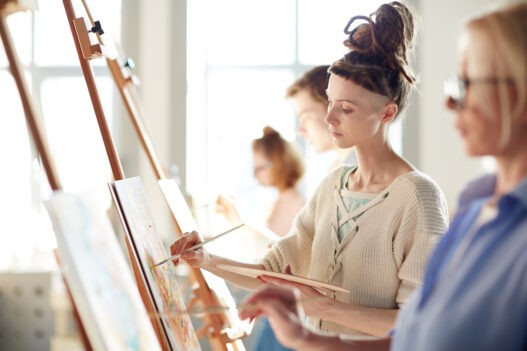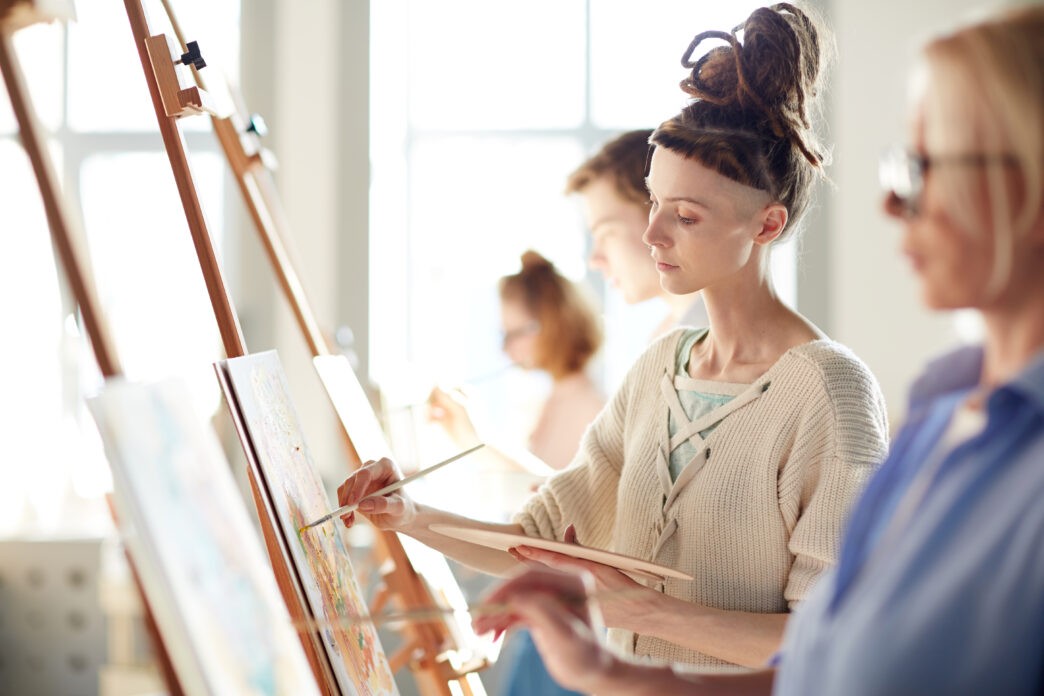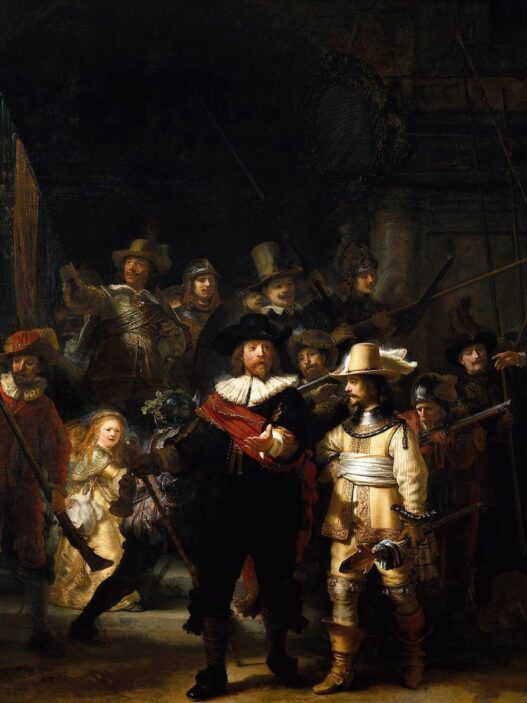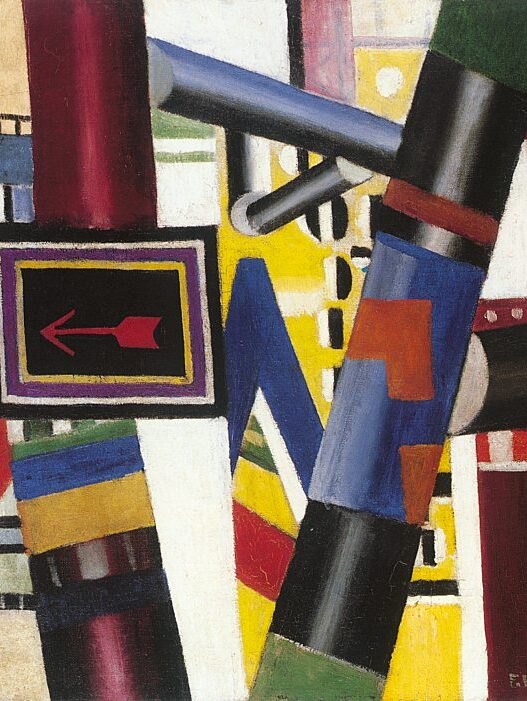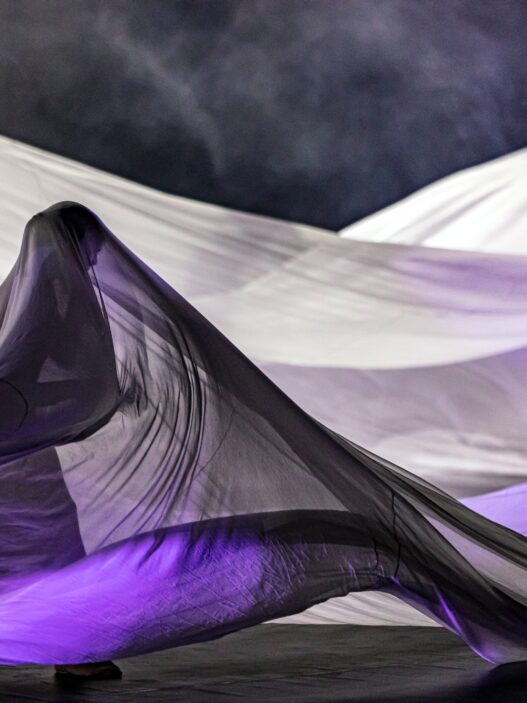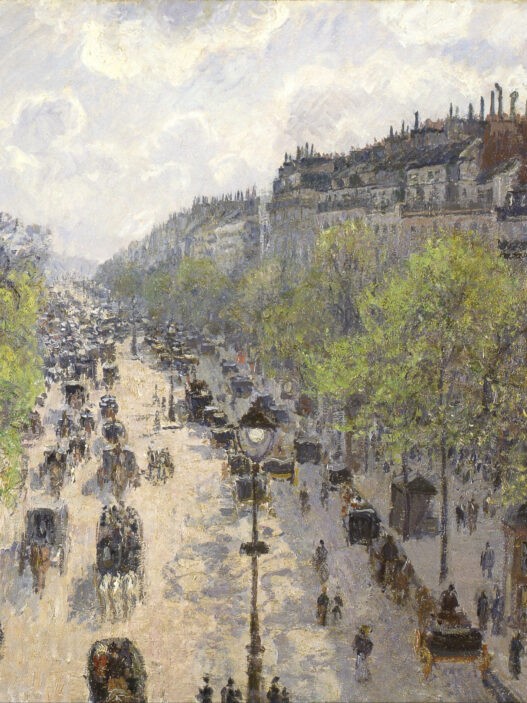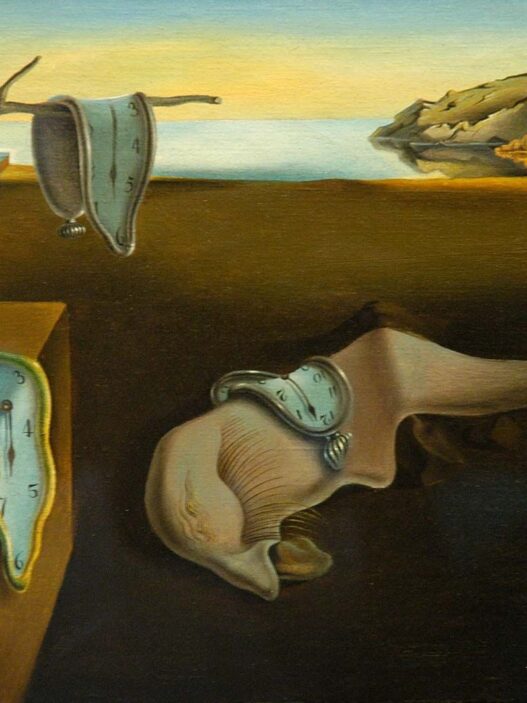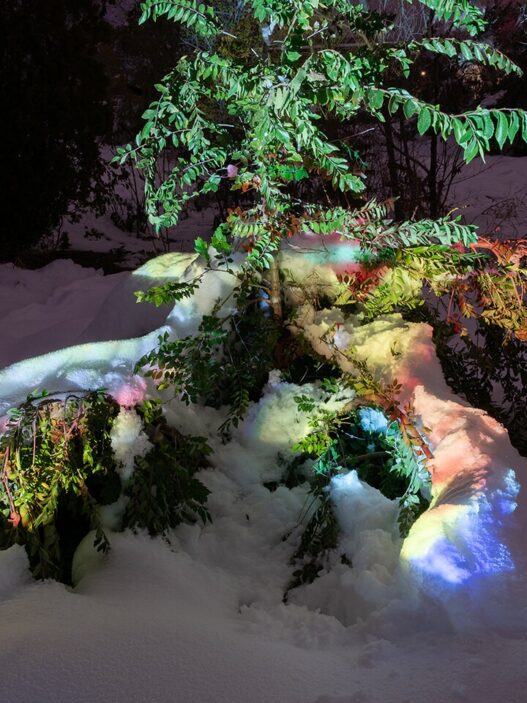The Ultimate Guide to Mastering the Art of Painting: Tips and Techniques for Beginners
Are you looking to unleash your inner artist and finally master the art of painting? Whether you’re a complete beginner or have some experience under your belt, this ultimate guide is here to help you take your painting skills to the next level. From selecting the right materials to mastering essential techniques, we’ve got you covered with all the tips and tricks you need to know. With our expert guidance, you’ll learn how to mix colors, create textures, and bring your paintings to life. We’ll also share some insider secrets on how to develop your own unique style and overcome common challenges faced by beginners. So, whether you’re looking to paint for fun, relaxation, or as a professional pursuit, this guide will equip you with everything you need to know to become a master painter. Let’s get started!
Understanding the basics of painting
To master the art of painting, it’s crucial to have a solid understanding of the basics. This includes understanding the different types of painting techniques, color theory, and the importance of composition.
Color theory is an important aspect of painting because it helps you understand how to mix and use colors effectively. It’s important to understand the color wheel, which shows the relationship between different colors and how they can be combined to create different shades and tones.
Composition is another important aspect of painting that can be overlooked by beginners. It refers to the arrangement of elements within a painting and can make a huge difference in the overall impact of the piece. A well-composed painting will have a clear focal point, balance, and movement.
Finally, understanding the different types of painting techniques is essential for mastering the art of painting. There are three main types of painting techniques: acrylic, watercolor, and oil painting. Each type has its own unique properties and requires different techniques to achieve the desired effect.
Types of painting techniques
### Acrylic painting techniques
Acrylic painting is a popular type of painting that’s known for its versatility and durability. It’s a water-based paint that dries quickly and can be used on a variety of surfaces, including canvas, wood, and paper.
One of the benefits of acrylic painting is that it’s easy to work with and can be layered to create depth and texture. There are a variety of techniques that can be used with acrylic paint, including wet-on-wet, dry brushing, and glazing.
Wet-on-wet painting involves applying wet paint to a wet surface, which creates a soft, blended effect. Dry brushing involves using a dry brush to apply a small amount of paint, which creates a textured effect. Glazing involves layering transparent colors to create a luminous effect.
### Watercolor painting techniques
Watercolor painting is a type of painting that uses water-soluble pigments to create a transparent effect. It’s a popular medium for landscape and botanical paintings because of its ability to create soft, flowing lines.
One of the benefits of watercolor painting is that it’s portable and easy to set up, making it a great option for painting outdoors. There are a variety of techniques that can be used with watercolor paint, including wet-on-wet, dry brushing, and lifting.
Wet-on-wet painting involves applying wet paint to a wet surface, which creates a soft, blended effect. Dry brushing involves using a dry brush to apply a small amount of paint, which creates a textured effect. Lifting involves using a damp brush or sponge to remove paint from the surface, which can create highlights and texture.
### Oil painting techniques
Oil painting is a type of painting that uses oil-based pigments to create a rich, textured effect. It’s a popular medium for portrait and still life paintings because of its ability to create depth and luminosity.
One of the benefits of oil painting is that it dries slowly, which allows for more time to work with the paint and make adjustments. There are a variety of techniques that can be used with oil paint, including impasto, scumbling, and glazing.
Impasto involves applying thick layers of paint to create texture and depth. Scumbling involves using a dry brush to apply a thin layer of paint over a darker color, which creates a textured effect. Glazing involves layering transparent colors to create a luminous effect.
Choosing the right painting supplies
To create a masterpiece, it’s important to choose the right painting supplies. This includes selecting the right type of paint, brushes, canvas, and other materials.
When choosing paint, it’s important to consider the type of painting you’ll be doing and the effect you want to achieve. Acrylic paint is a good option for beginners because it’s easy to work with and dries quickly. Watercolor paint is a good option for creating soft, flowing lines. Oil paint is a good option for creating depth and texture.
Brushes are also an important consideration when painting. There are a variety of brushes available, including flat, round, and filbert brushes. Each type of brush is used for a different purpose, such as creating fine lines or blending colors.
Canvas is another important consideration when painting. There are a variety of canvas types available, including stretched canvas, canvas boards, and canvas paper. Each type of canvas has its own unique properties and can be used for different types of painting.
Setting up your painting area
Setting up your painting area is an important step in mastering the art of painting. It’s important to have a well-lit, comfortable space that’s free from distractions.
When setting up your painting area, consider the lighting. Natural light is best, but if that’s not an option, consider using a daylight lamp. It’s also important to have a comfortable chair and a table or easel to work on.
To avoid distractions, it’s important to have a designated painting area that’s free from clutter. This will help you stay focused and in the zone while you’re painting.
Tips for creating a masterpiece
To create a masterpiece, it’s important to take your time and pay attention to the details. Here are some tips to help you create a painting that you’re proud of:
– Start with a sketch: Before you start painting, sketch out your idea on paper. This will help you plan out the composition and make any necessary adjustments before you start painting.
– Mix your colors: Spend some time mixing your colors before you start painting. This will help you achieve the right shades and tones and avoid any unwanted surprises.
– Work in layers: Instead of trying to paint everything at once, work in layers. This will help you build up the painting and create depth and texture.
– Don’t be afraid to make mistakes: Mistakes are a natural part of the painting process. Don’t be afraid to make them, and don’t be afraid to make changes to your painting if you’re not happy with how it’s turning out.
– Take breaks: Painting can be a time-consuming process, so it’s important to take breaks to rest your eyes and clear your mind. This will help you stay focused and energized while you’re painting.
Common painting mistakes and how to avoid them
Even the most experienced painters make mistakes from time to time. Here are some common painting mistakes and how to avoid them:
– Overworking the paint: Overworking the paint can lead to a muddy, overblended effect. To avoid this, work in layers and take breaks to let the paint dry.
– Using too much paint: Using too much paint can lead to a thick, heavy effect. To avoid this, use a light touch and work in thin layers.
– Ignoring composition: Ignoring composition can lead to a painting that lacks balance and movement. To avoid this, sketch out your idea on paper first and think about the arrangement of elements within the painting.
– Not using enough contrast: Not using enough contrast can lead to a painting that lacks depth and interest. To avoid this, use a variety of light and dark tones to create depth and texture.
Inspiration for your painting journey
To stay motivated and inspired on your painting journey, it’s important to seek out inspiration from other artists and sources. Here are some ways to find inspiration:
– Visit art museums and galleries: Visiting art museums and galleries can expose you to a variety of styles and techniques and help you find inspiration for your own work.
– Follow other artists on social media: Following other artists on social media can help you stay up-to-date on new techniques and styles and connect with other artists.
– Experiment with different styles: Experimenting with different styles and techniques can help you find your own unique style and keep your painting journey fresh and exciting.
Conclusion
Mastering the art of painting takes time and practice, but with the right tips and techniques, anyone can become a master painter. By understanding the basics of painting, choosing the right supplies, and setting up your painting area, you’ll be well on your way to creating masterpieces in no time. Remember to take your time, experiment with different techniques, and stay inspired on your painting journey. Happy painting!









